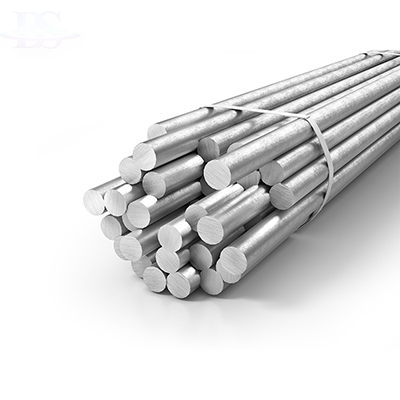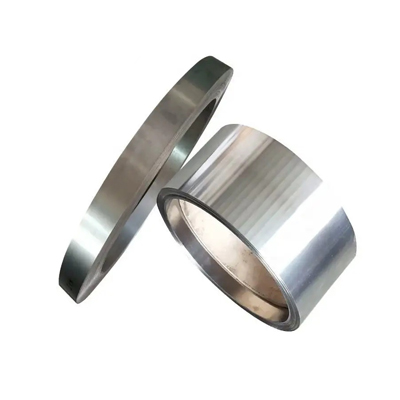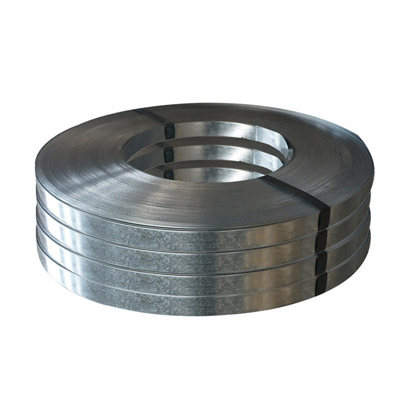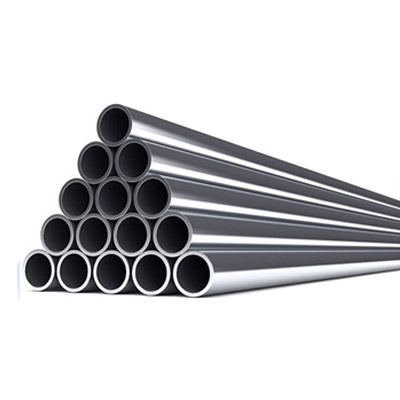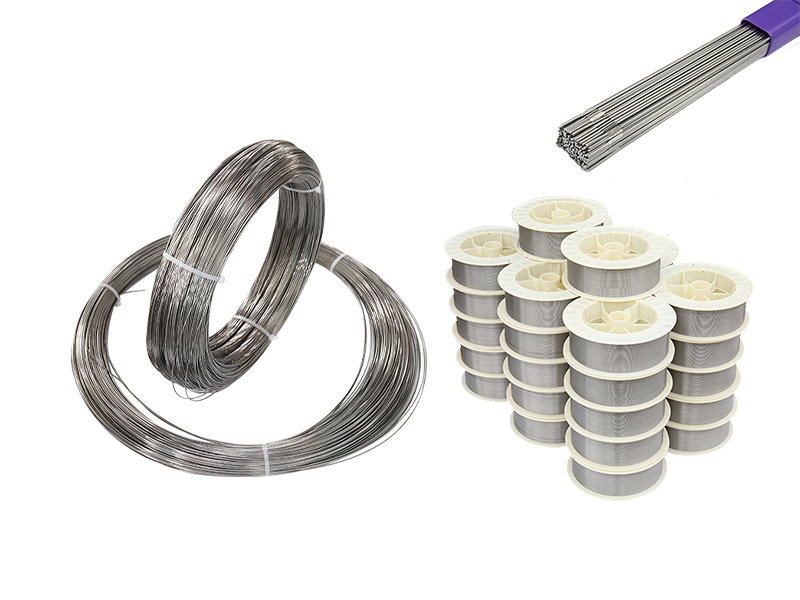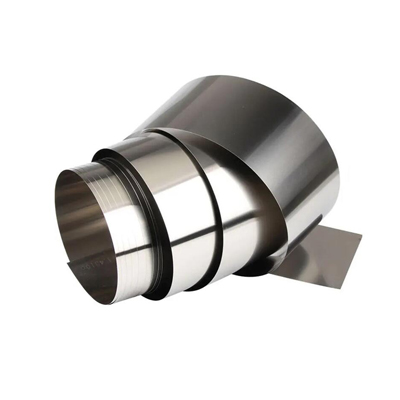Haynes-188/UNS N30188/W.Nr.2.4683 /AMS 5608 AMS 5772
Overview
Haynes 188 is a cobalt-based superalloy with excellent high temperature strength, oxidation resistance and corrosion resistance. It is a solution-strengthened and age-strengthened alloy consisting of 14% tungsten solution-strengthened and M6C and M23C6 carbide precipitation strengthened. This alloy combines excellent high temperature strength with excellent oxidation resistance, is suitable for long-term exposure in environments up to 2000°F (1095°C), and has excellent resistance to sulphate deposition thermal corrosion environments.
Haynes 188 also has good forming, welding process performance and good constraint welding performance. It can be manufactured and formed by conventional methods and has been used for casting parts. At the same time, the alloy has the characteristics of high melting point, high thermal expansion coefficient and high thermal conductivity.
Limiting Chemical Composition, %
Nickel...................................................................................................................................................................................20.00-24.00
Chromium............................................................................................................................................................................20.00-24.00
Tungsten..............................................................................................................................................................................13.00-16.00
Cobalt...................................................................................................................................................................................30.93-46.73
Iron...........................................................................................................................................................................................3.00 max.
Lanthanum...............................................................................................................................................................................0.02-0.12
Manganese..............................................................................................................................................................................1.25 max.
Carbon......................................................................................................................................................................................0.05-0.15
Silicon.......................................................................................................................................................................................0.20-0.50
Boron......................................................................................................................................................................................0.015 max.
Sulphur...................................................................................................................................................................................0.015 max.
Phosphorus..............................................................................................................................................................................0.02 max.
Physical properties
|
Density (g/cm³) |
Melting point (℃) |
Specific heat capacity (J/kg:℃) |
Thermal expansion coefficient (21-93℃)/℃) |
Electric resistivity (Ω·cm) |
9.14 |
1300-1330 |
405 |
11.9×10E-6 |
102×10E-6 |
Mechanical Properties
Test temperature℃ |
Tensile strength |
Elongation |
Yield strength(0.2yeid point)MPa |
20 |
963 |
55 |
446 |
Heat-Treatment
The heat treatment of Haynes 188 alloy is very important for its properties. In order to maximize the properties of the alloy, specific heat treatment procedures are usually followed. The following are general heat treatment recommendations:
Solution treatment: This is the initial step of the heat treatment and aims to make the alloy fully austenitic. The temperature is usually set between 1800°F (982°C) and 2000°F (1093°C), depending on the thickness of the alloy being treated. This temperature should be maintained for a length of time sufficient to ensure uniform heating of the alloy, but not longer than necessary to avoid overheating of the alloy. The goal of solution treatment is to maximize the dissolution and uniform distribution of carbides.
Two-step aging treatment: The first step is medium temperature aging, usually between 1300°F (704°C) and 1500°F (816°C). The purpose of this step is to precipitate part of the carbide and prepare for subsequent low temperature aging. This stage takes about 8 hours, but the exact time may vary depending on the alloy thickness and the desired microstructure.
Low temperature aging: During this stage, the alloy is heated to approximately 1000°F (538°C). The aim of this step is to further strengthen the alloy to achieve the best mechanical properties by completely precipitating the carbide. Low temperature aging usually takes much longer, possibly from a few days to a few weeks, depending on the thickness of the alloy and the desired microstructure.
Stabilization treatment: In some cases, stabilization treatment may be required to prevent grain boundary corrosion. This step involves heating the alloy to about 1800°F (982°C) and then cooling it quickly. This can fix the carbide on the grain boundary and prevent its migration in subsequent use.
Cooling: After aging treatment, the alloy should be slowly cooled to room temperature. The slow cooling rate helps to minimize harmful transformations in the microstructure.
Please note that specific heat treatment parameters such as temperature, time and cooling rate should be adjusted according to the specific alloy composition, application and equipment used. In practice, it is recommended to work with a materials scientist or metallurgist with expertise and experience to ensure the best results.
Available Forms
We provide you with a variety of product forms, including but not limited to.
● Strips & Tape
● Wire & Welding
● Pipe & Tube
● Sheet & Foils
● Flanges & Forgins
description2



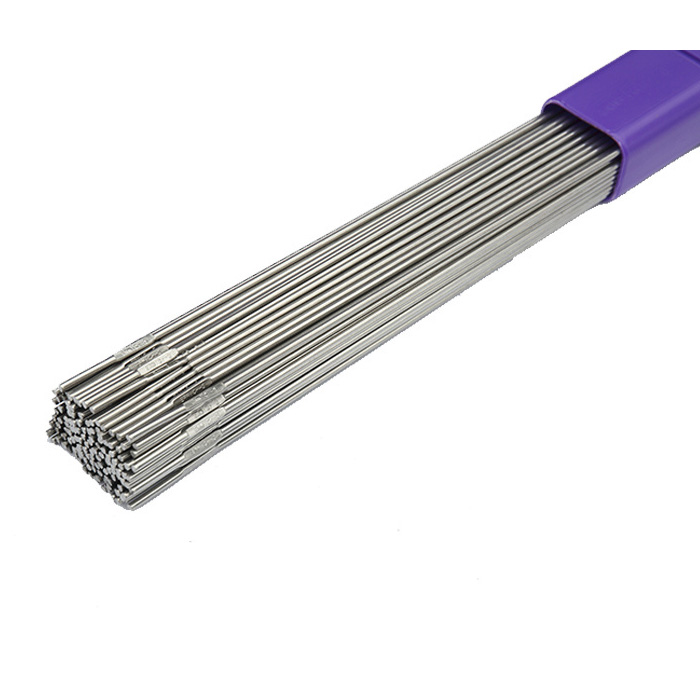 Inconel 625
Inconel 625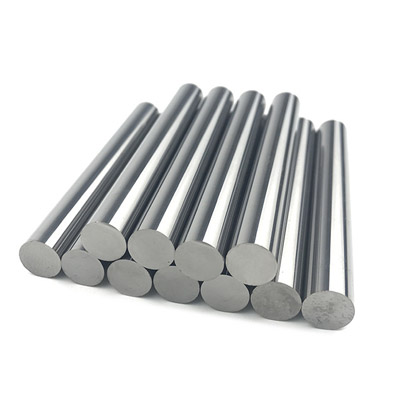 Inconel 718
Inconel 718 Inconel 725
Inconel 725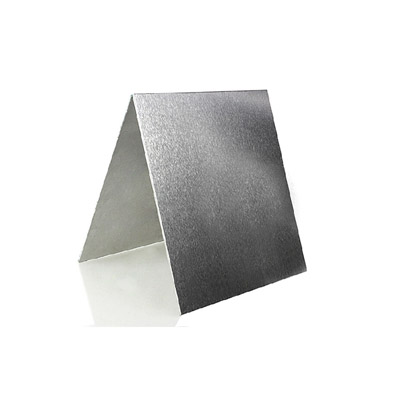 Inconel X-750
Inconel X-750 Inconel 690
Inconel 690 Inconel 617
Inconel 617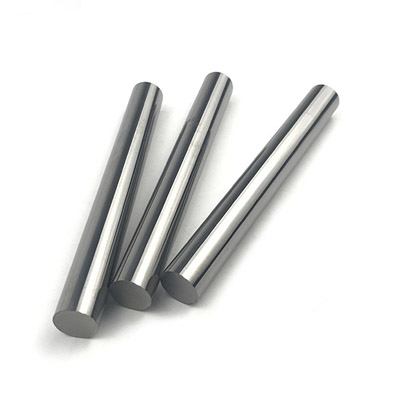 Inconel 601
Inconel 601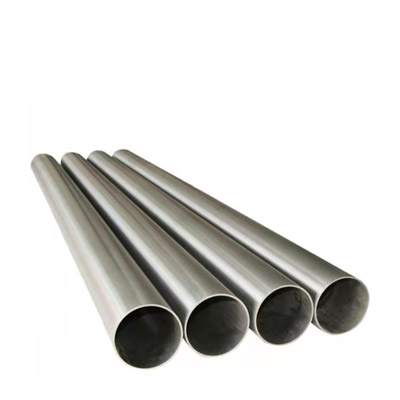 Inconel 600
Inconel 600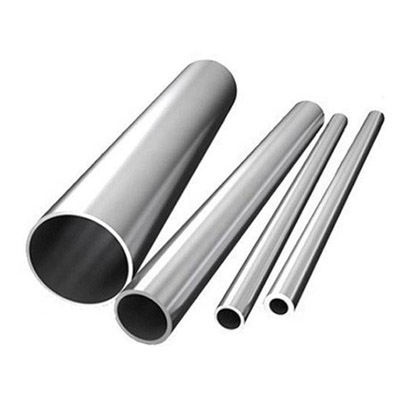 Inconel 686
Inconel 686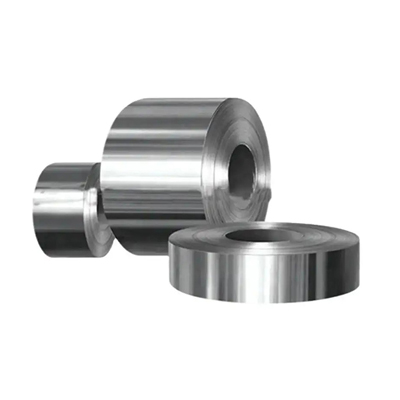 Inconel 602CA
Inconel 602CA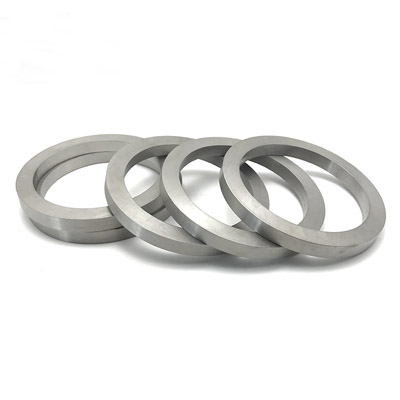 Incoloy A-286
Incoloy A-286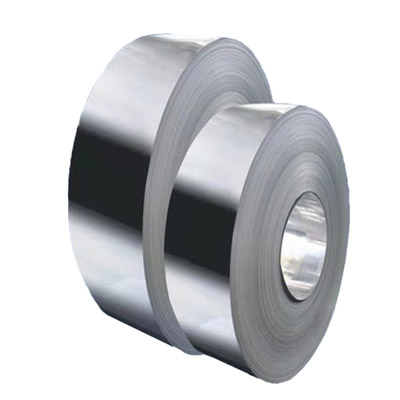 Incoloy 825
Incoloy 825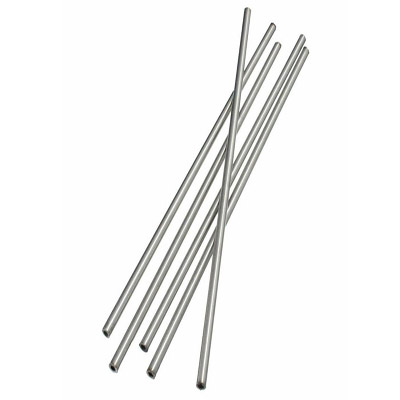 Incoloy 925
Incoloy 925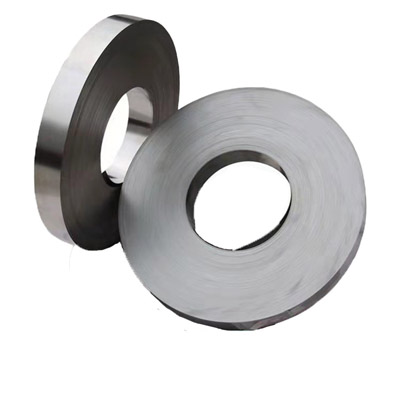 Incoloy 926
Incoloy 926 Incoloy 800
Incoloy 800 Incoloy 800H
Incoloy 800H Incoloy 800HT
Incoloy 800HT Incoloy 909
Incoloy 909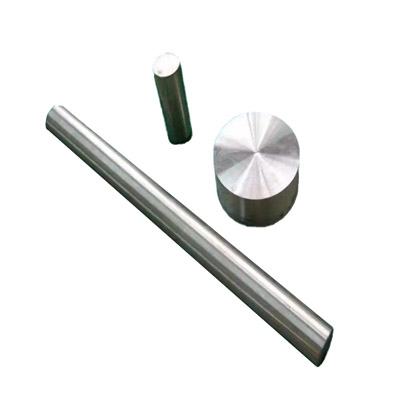 Incoloy 31
Incoloy 31 Incoloy 901
Incoloy 901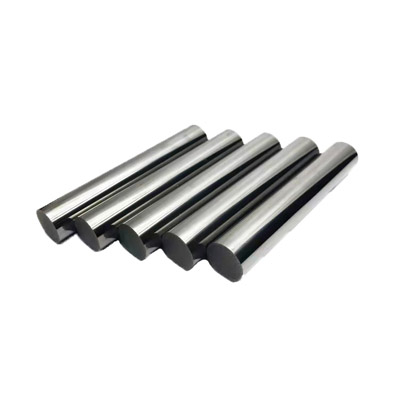 Monel K-500
Monel K-500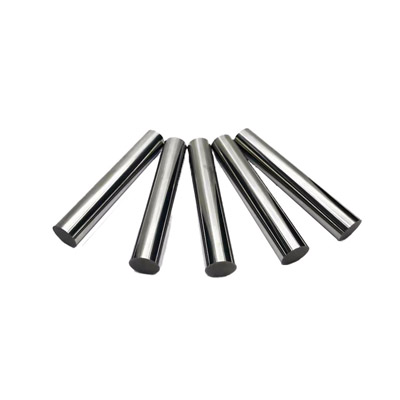 Monel 400
Monel 400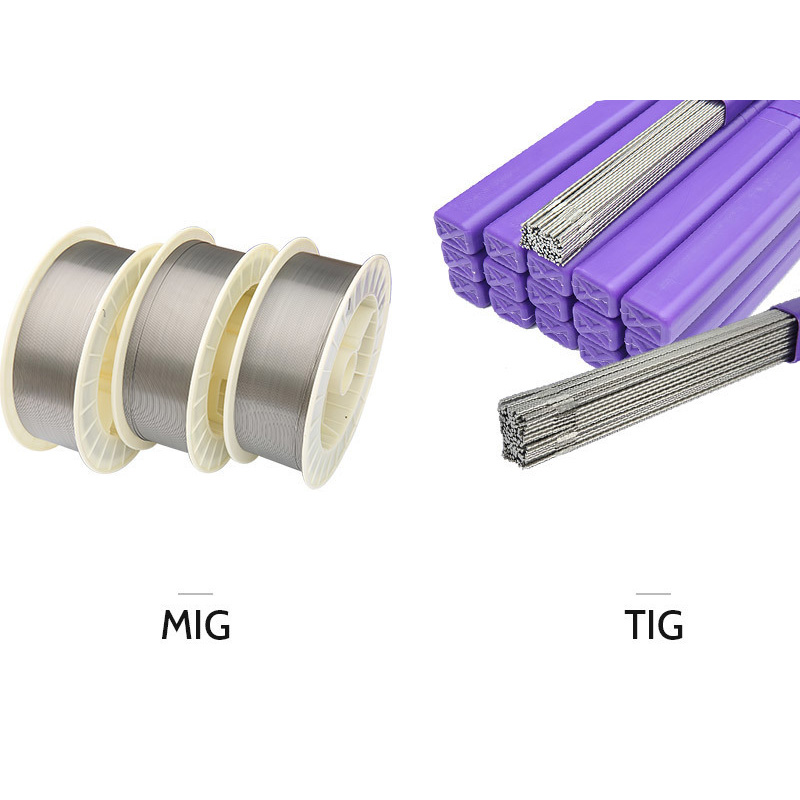 Nimonic 263
Nimonic 263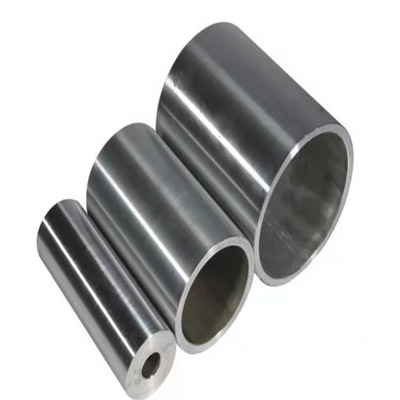 Nimonic 75
Nimonic 75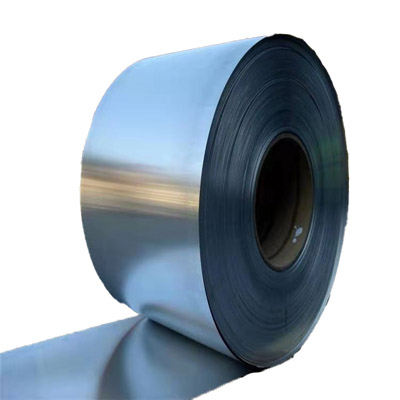 Nimonic 80A
Nimonic 80A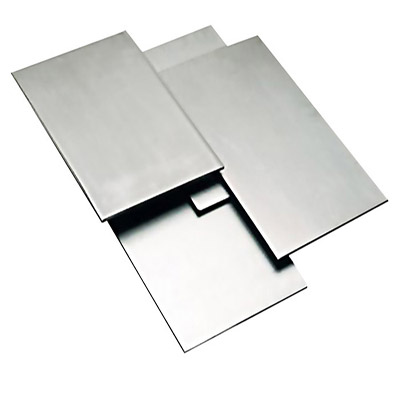 Nimonic 90
Nimonic 90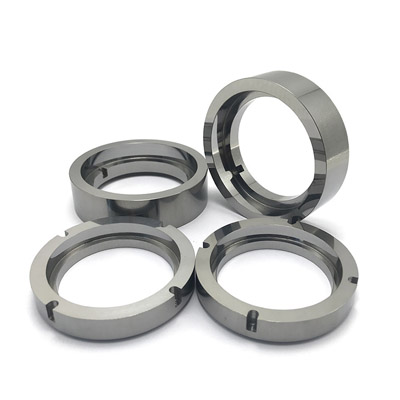 Nimonic PE11
Nimonic PE11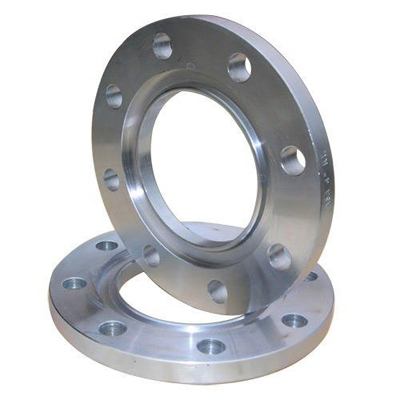 Nimonic PE16
Nimonic PE16 Nimonic PK33
Nimonic PK33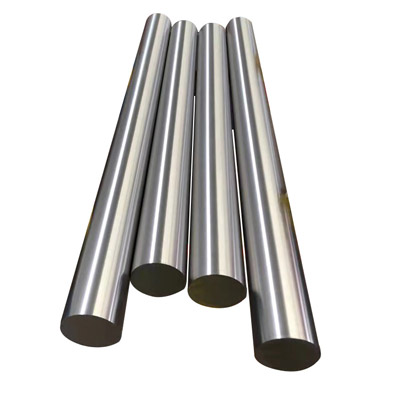 Nimonic 901
Nimonic 901 Nimonic 81
Nimonic 81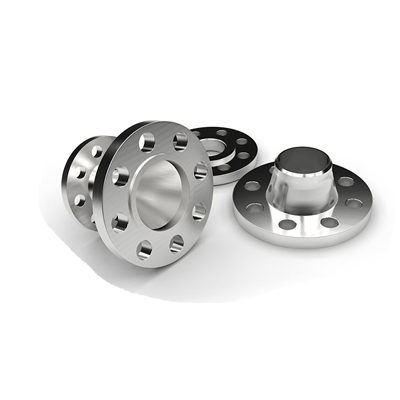 Nimonic 86
Nimonic 86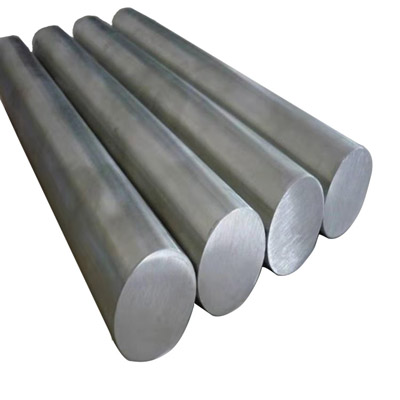 Nimonic 105
Nimonic 105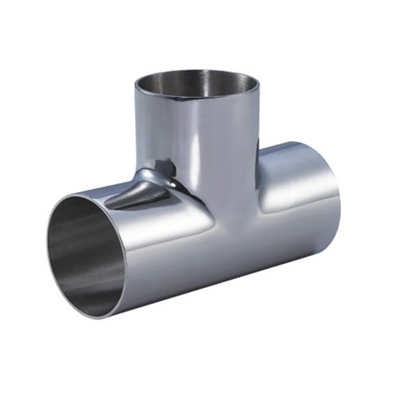 Nimonic 115
Nimonic 115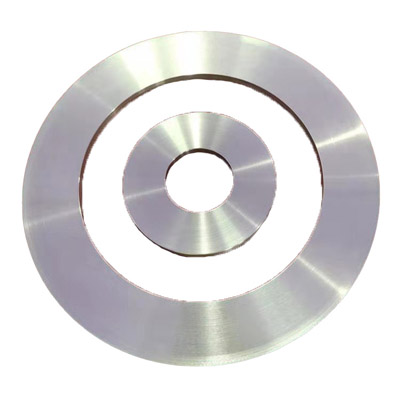 Hastelloy C-276
Hastelloy C-276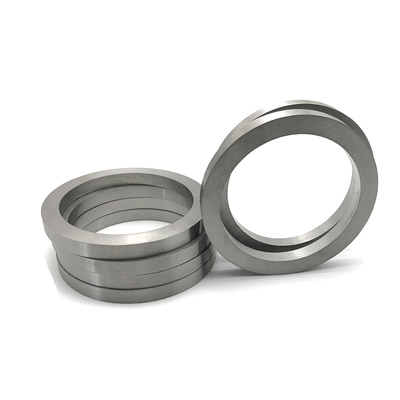 Hastelloy C
Hastelloy C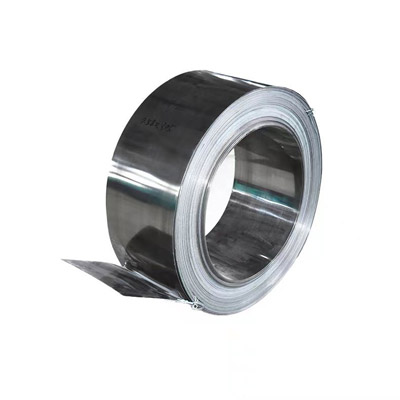 Hastelloy C4
Hastelloy C4 Hastelloy C-22
Hastelloy C-22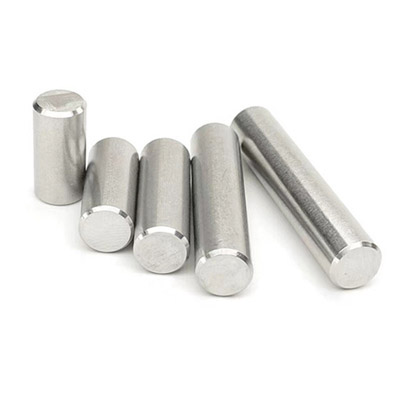 Hastelloy C-2000
Hastelloy C-2000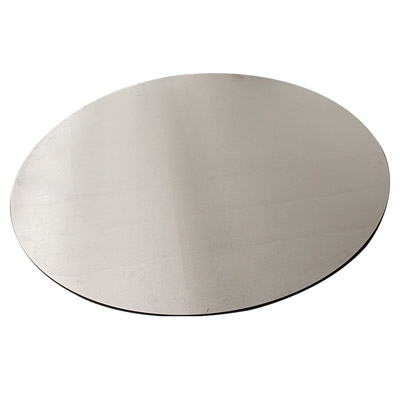 Hastelloy B-2
Hastelloy B-2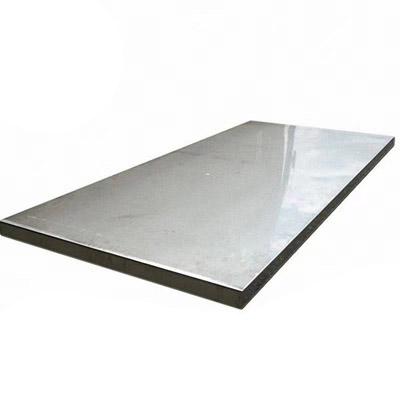 Hastelloy B-3
Hastelloy B-3 Hastelloy G30
Hastelloy G30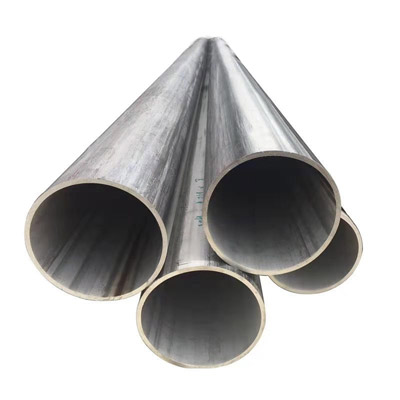 Hastelloy X
Hastelloy X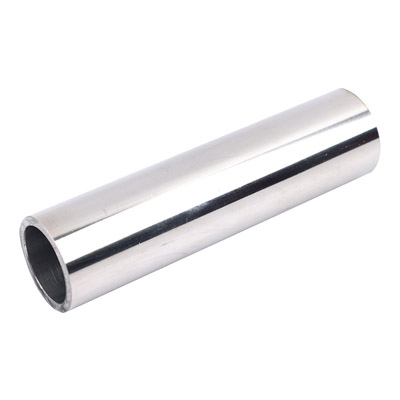 Super Invar 32-5(4J32)
Super Invar 32-5(4J32)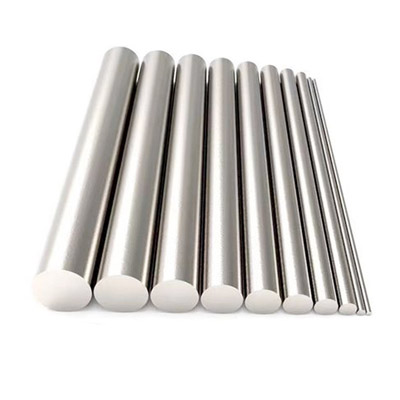 Alloy 36(4J36)
Alloy 36(4J36)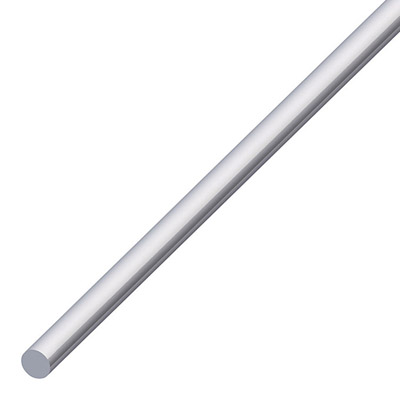 Alloy 42(4J42)
Alloy 42(4J42) Alloy 50(1J50)
Alloy 50(1J50) Hiperco 50(1J22)
Hiperco 50(1J22)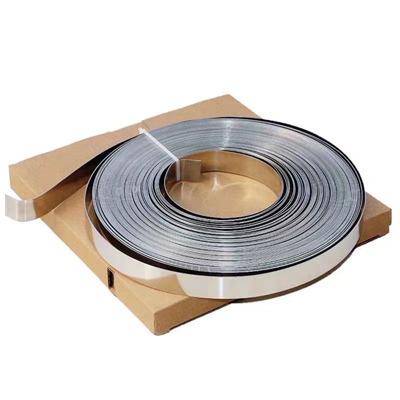 Alloy 46
Alloy 46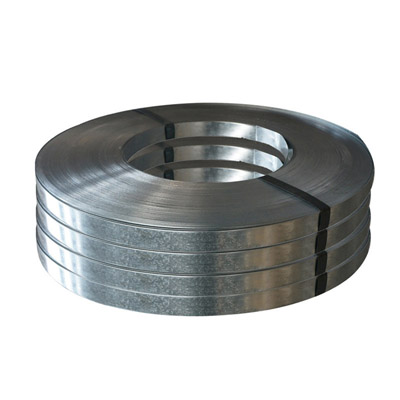 Permalloy (1J79)
Permalloy (1J79) Supermalloy(1J85)
Supermalloy(1J85)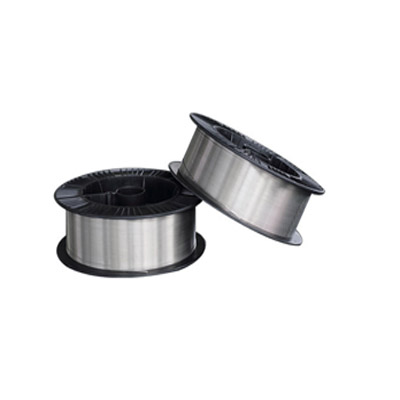 ERNiCrMo-2
ERNiCrMo-2 ERNiCrMo-3
ERNiCrMo-3 ERNiCrMo-4
ERNiCrMo-4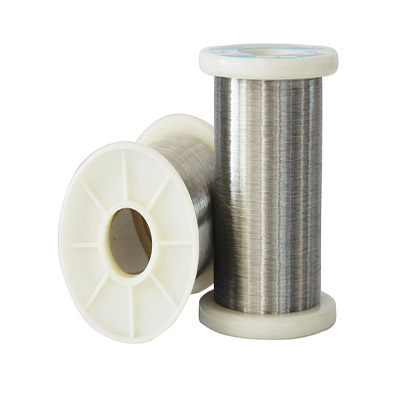 ERNiCrFe-7
ERNiCrFe-7 ERNiCrFe-7A
ERNiCrFe-7A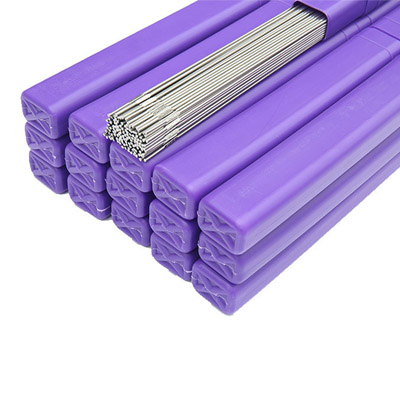 ERNiCrMo-10
ERNiCrMo-10 ERNiCrCoMo-1
ERNiCrCoMo-1 ERNiFeCr-2
ERNiFeCr-2 ERNiFeCr-1
ERNiFeCr-1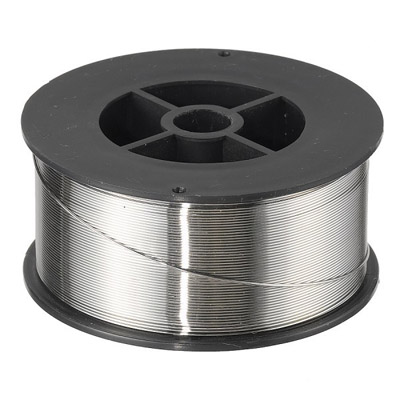 ERNiMo-8
ERNiMo-8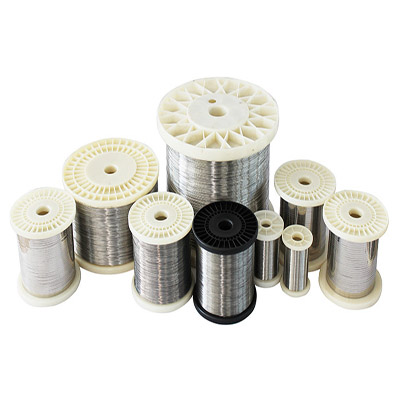 ERNiCrMo-13
ERNiCrMo-13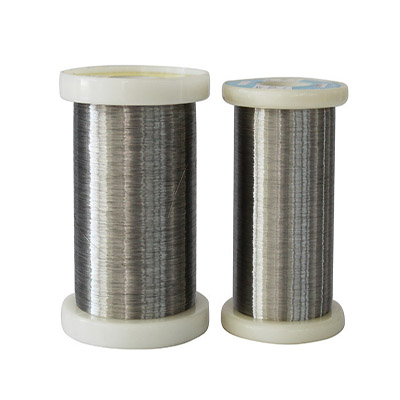 ERNiCr-4
ERNiCr-4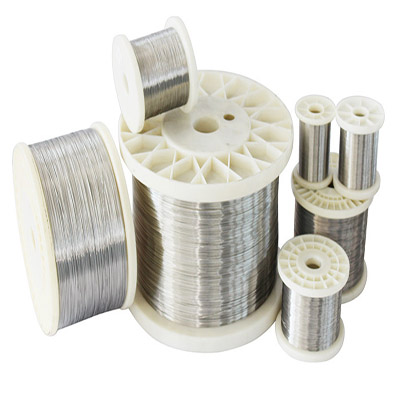 ERNiCr-3
ERNiCr-3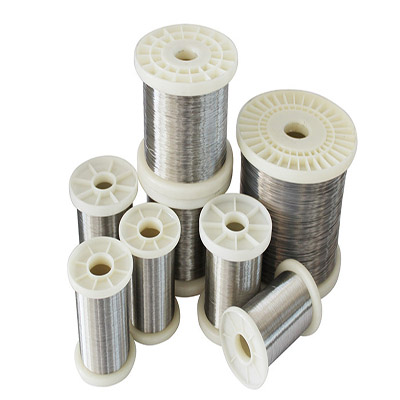 ERNi-1
ERNi-1 Haynes-25
Haynes-25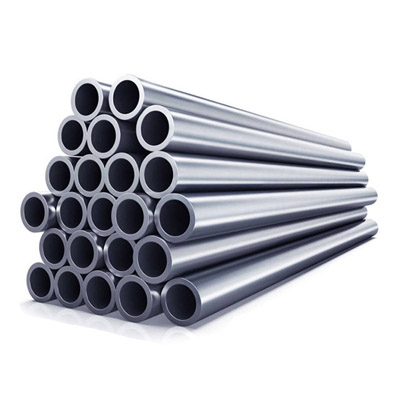 Hayness-188
Hayness-188 MP35N
MP35N Refractory 26
Refractory 26 Waspaloy alloy
Waspaloy alloy 17-4PH
17-4PH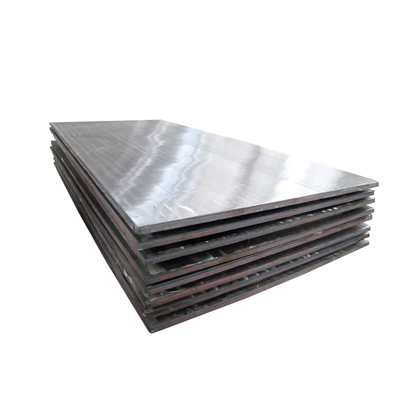 17-7PH
17-7PH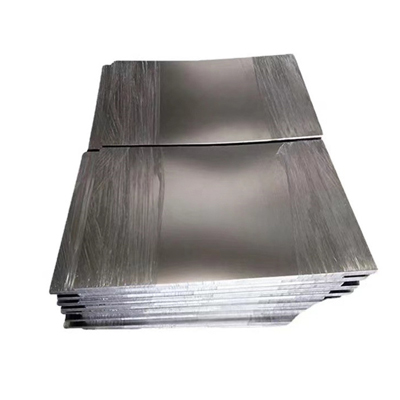 904L
904L Nitronic 50
Nitronic 50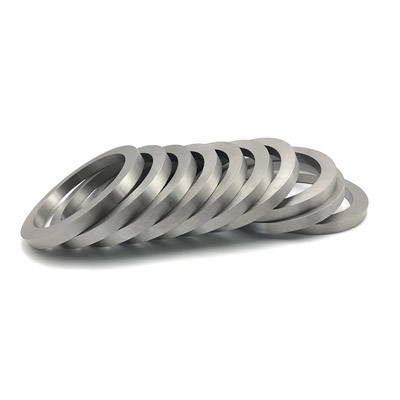 Nitronic 60
Nitronic 60 AL-6XN
AL-6XN F55
F55 PH 13-8
PH 13-8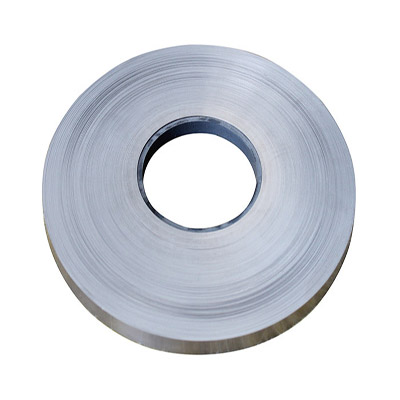 Haynes-230
Haynes-230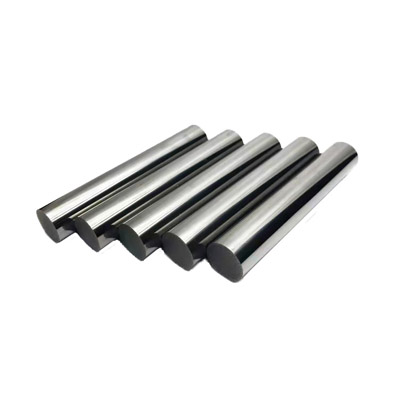 Nickel 200
Nickel 200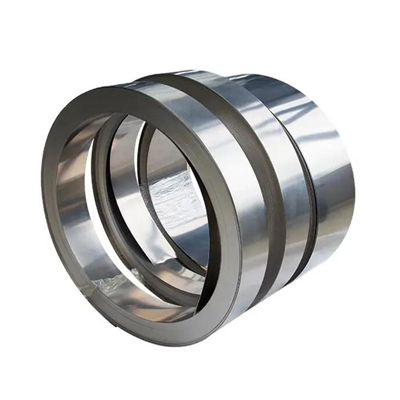 Cr20Ni80
Cr20Ni80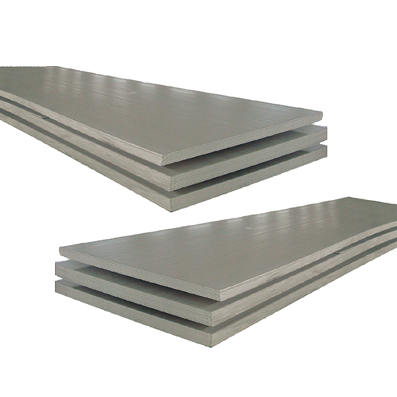 Sheet & Plate
Sheet & Plate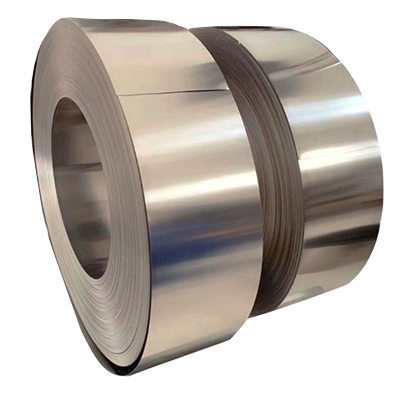 Strip & Foil
Strip & Foil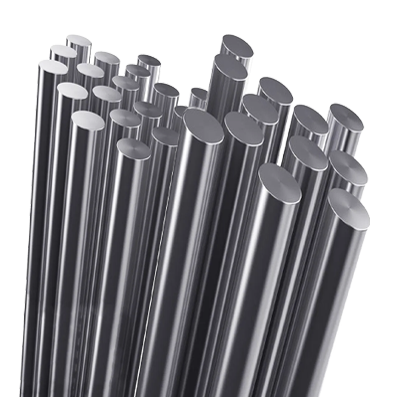 Bar & Rod
Bar & Rod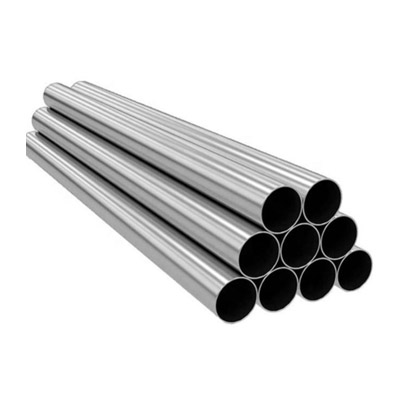 Pipe & Tube
Pipe & Tube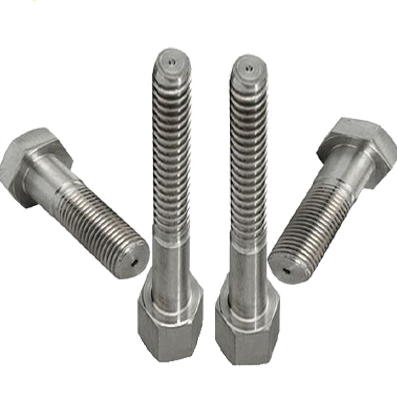 Bolts & Fasteners
Bolts & Fasteners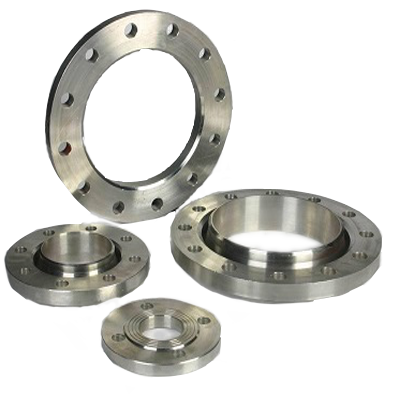 Flange & Ring
Flange & Ring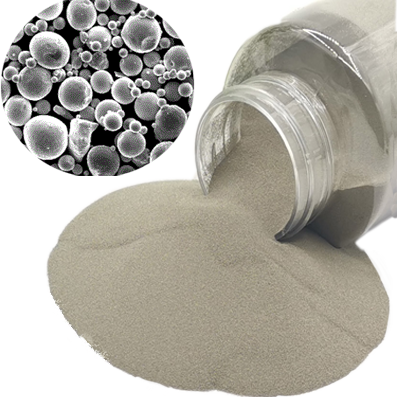 Nickel Alloy Powder
Nickel Alloy Powder

